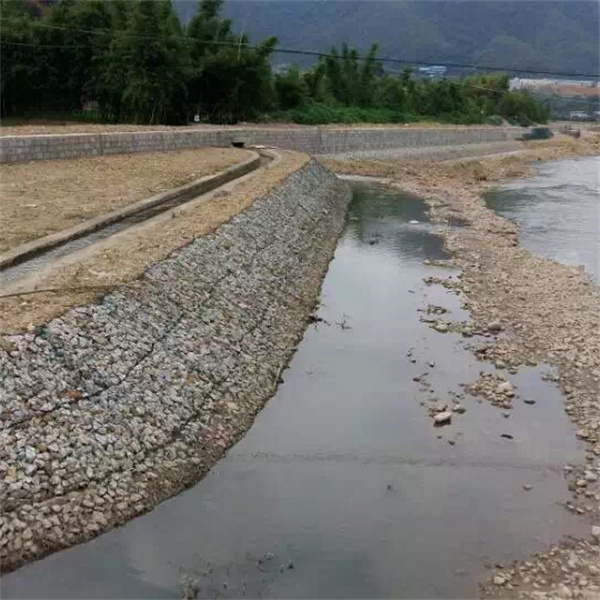Sep . 15, 2024 09:26 Back to list
High-Quality Gabion Wall Mesh Size Factory | Durable & Custom Solutions
Understanding Gabion Wall Mesh Size and Its Importance in Construction
Gabion walls have gained immense popularity in modern construction, primarily due to their versatility, durability, and aesthetic appeal. These structures are formed by filling wire mesh cages, known as gabions, with rocks, stones, or other suitable materials. One critical aspect that significantly impacts the performance and effectiveness of gabion walls is the size of the mesh used in the construction. This article explores the various mesh sizes available, their applications, and the implications for gabion wall construction.
The Role of Mesh Size
The mesh size of a gabion wall serves several purposes. Firstly, it determines the stability of the wall. A smaller mesh size can better contain the infill material, preventing smaller stones from escaping while allowing water drainage. This drainage is crucial, as it helps to mitigate hydrostatic pressure that could compromise the wall's integrity. Conversely, larger mesh sizes can lead to material loss and reduced stability if not handled properly.
When selecting the appropriate mesh size, one must consider the size and type of infill material. For instance, if you're using larger stones, a larger mesh size can suffice. However, if the infill consists of smaller rocks, a smaller mesh size will be necessary to maintain structure integrity.
Standard Mesh Sizes
Gabion mesh sizes typically range from 2 inches to 4 inches (50 mm to 100 mm) for openings. While 2-inch (50 mm) mesh is often suitable for most applications, some projects may require custom mesh sizes to accommodate specific materials or design objectives. For example, more complex erosion control projects might demand finer mesh openings to ensure that the infill remains intact and erosion prevention is maximized.
gabion wall mesh size factory

In addition to standard sizes, manufacturers often provide an option for projects requiring unique dimensions. Custom mesh sizes ensure optimal performance, particularly in specialized construction applications like riverbanks, retaining walls, and sound barriers.
Choosing Between Galvanized and PVC-Coated Mesh
The choice of mesh material also significantly impacts the performance of gabion walls. Most commonly, gabion meshes are made from galvanized steel, providing excellent durability and resistance to corrosion. However, in areas exposed to severe environmental factors, PVC-coated mesh may be preferable, offering an additional layer of protection against rust and wear over time.
Benefits of Proper Mesh Size Selection
Choosing the right gabion mesh size brings several advantages. Firstly, it enhances the structural integrity of the wall, minimizing the risk of collapse or deformation. Secondly, it promotes effective drainage, reducing water accumulation and overall hydrostatic pressure. Additionally, the choice of appropriate mesh size can enhance aesthetic appeal, allowing for a range of design options based on the selected infill material and placement.
Conclusion
In conclusion, gabion wall mesh size plays a pivotal role in ensuring the effective construction and performance of these structures. Understanding the implications of mesh size, alongside correct material selection and design considerations, can lead to long-lasting and visually pleasing gabion walls. Whether for erosion control, landscaping, or other construction needs, careful consideration of mesh size and its related factors is essential for achieving optimal results in gabion wall projects. With these insights, builders and engineers can harness the full potential of gabion technology in their construction endeavors.
-
Visualizing Gabion 3D Integration in Urban Landscapes with Rendering
NewsJul.23,2025
-
The Design and Sustainability of Gabion Wire Mesh Panels
NewsJul.23,2025
-
The Acoustic Performance of Gabion Sound Barriers in Urban Environments
NewsJul.23,2025
-
Mastering the Installation of Galvanized Gabion Structures
NewsJul.23,2025
-
Gabion Boxes: Pioneering Sustainable Infrastructure Across the Globe
NewsJul.23,2025
-
Custom PVC Coated Gabion Boxes for Aesthetic Excellence
NewsJul.23,2025
-
Installation Tips for Gabion Wire Baskets in Erosion Control Projects
NewsJul.21,2025






